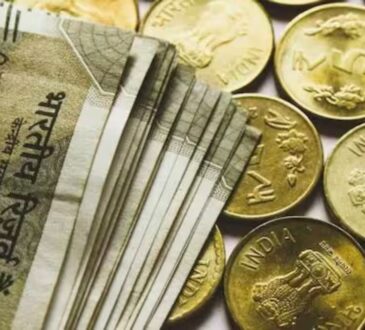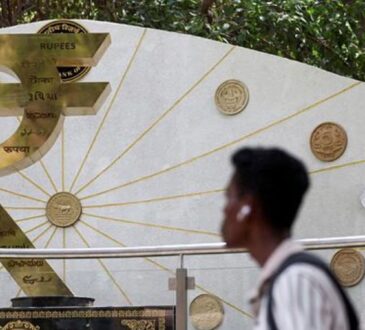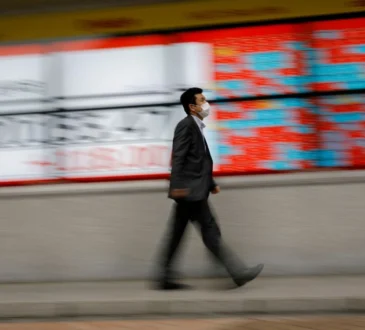The U.S. has imposed a 26% tariff on imports from India, dealing a blow to New Delhi’s hopes for leniency under President Donald Trump’s global trade policies. A baseline 10% tariff begins Saturday, with the full rate effective April 9. Trump cited India’s 52% tariffs on U.S. goods as justification, calling the move a reciprocal measure.
India now faces new challenges in sectors like electronics and gems and jewellery, which represent nearly $23 billion in exports. However, the U.S. exempted Indian pharmaceutical exports—worth around $9 billion annually—providing relief to the country’s pharma industry. Shares of Indian drugmakers surged nearly 5% in early trade, while the broader markets dipped 0.3%, faring better than other Asian markets that saw losses of up to 3%. The Indian rupee briefly dropped to 85.75 per dollar before recovering slightly.
Despite the setback, Indian industry bodies such as Assocham and the Federation of Indian Export Organisations said the impact on India’s export competitiveness would be limited, as the tariff rate is lower than those imposed on key rivals like China (54%) and Vietnam (46%). India may even gain an edge in apparel and footwear exports.
The White House justified the tariff by pointing to India’s “uniquely burdensome” non-tariff barriers and currency manipulation, estimating that lifting those restrictions could boost U.S. exports by $5.3 billion annually. The tariffs will remain until the U.S. trade deficit with India—currently at $46 billion—is addressed.
Prime Minister Narendra Modi, seen as a Trump ally, may look to ease tensions by cutting tariffs on U.S. goods worth $23 billion, including bourbon and motorcycles, and by scrapping digital taxes affecting American tech companies.
India’s average tariff stands at 17%, compared to the U.S.’s 3.3% before the new measures.




